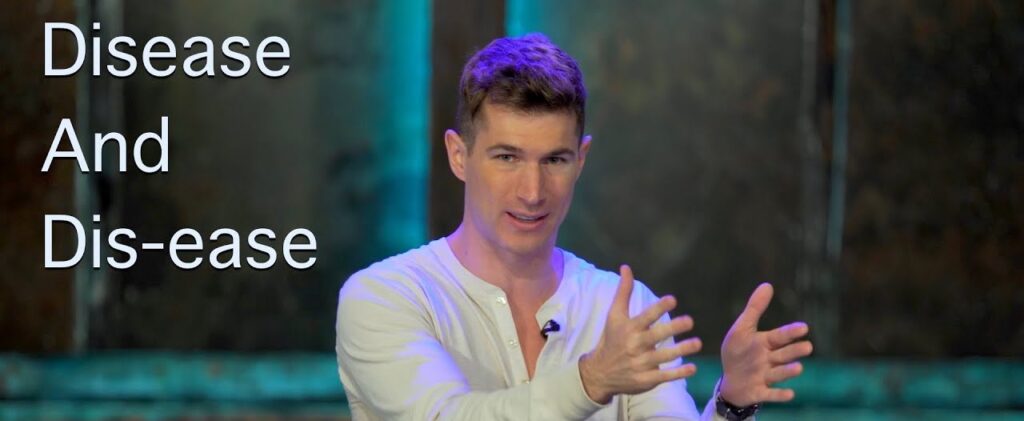Read time 6 minutes
Now and then, life throws us curveballs. Some are gentle nudges, while others feel like lightning bolts from the sky. For me, it was the kind that turned my entire world upside down. Then, gradually, I began to rebuild it in a way that helped me grow, heal, and, most importantly, understand myself like never before.
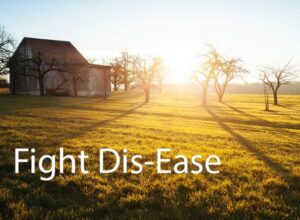
So today, with deep gratitude, I whisper to the Universe: Thank you for blessing me with recovery, resilience, and a renewed sense of purpose.
Reframing the Word That Defined My Struggle
It might sound simple, but it was deeply transformative – removing a small hyphen – dis-ease became disease.
Suddenly, I wasn’t fighting an enemy. I was trying to restore peace. Doesn’t that feel… softer?
This reframe didn’t erase my pain, but it gave me a new lens to look through. And that lens encouraged curiosity rather than fear.
The Diagnosis That Changed Everything
My health journey began with what seemed like minor symptoms. Fatigue. Muscle cramps. Digestive issues. I brushed them off. I was busy.
But….life needed my attention.
Then in 2016, it all shifted.
I was diagnosed with Isaacs’ Syndrome. It is a rare neuromuscular disorder where muscle hyperactivity becomes a daily reality. My body felt foreign, its signals erratic and uncomfortable.
Alongside that came Lyme disease. It is a bacterial infection transmitted by ticks—stealthy and debilitating. As if that weren’t enough, Glaucoma introduced challenges with vision, damaging my optic nerves. A kidney condition, Membranous Glomerulonephritis, added more complexity.
It was all followed by Irritable Bowel Syndrome (IBS), Diabetes, Frozen Shoulder, Eczema and Blood Pressure issues.
My health was no longer a backdrop; it became the main storyline.
I couldn’t help but ask myself: Did I miss something? Was there an earlier sign? Could I have prevented this?
Seeking answers led me deeper, not just into consultations, but into contemplation.
What Is Dis-ease, Really?
Most of us are familiar with the word disease. It’s the term doctors use, the one printed on reports, and prescribed with medicines. It originates from the old French word desaise—meaning discomfort. Illness. Trouble.
But dis-ease, spelled with intention and a hyphen, means a lack of ease. It paints a picture of something gentle but out of sync—like a violin out of tune, or waves crashing harder than usual. It’s not always physical. Sometimes, it’s emotional, mental, even spiritual.
Understanding this difference has changed how I view healing.
- Disease = a medical condition with measurable symptoms.
- Dis-ease = a disturbance in our natural balance—sometimes subtler, deeper, and harder to define.
Medical treatments tend to focus on diseases. But healing—true healing—requires looking at dis-ease too. It requires restoring harmony in all areas: physical, mental, emotional, and social.
This simple distinction helped me start piecing together my wellness, not just by taking pills, but by tending to the roots beneath the surface.
Listening to the Early Signs
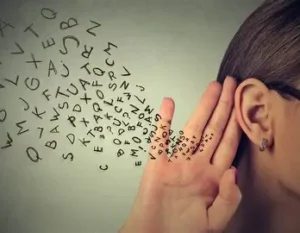
Our body is brilliant. It whispers before it screams.
Early signs of dis-ease showed up long before my diagnoses. I was low on energy, recurring fevers, aching muscles, irritability, digestive troubles and so on. But I silenced those whispers, convinced that pausing meant failing. I thought pushing through was strength. Turns out, I was setting the stage for burnout.
I didn’t recognize it then, but those symptoms weren’t nuisances—they were nudges. Warnings. Invitations to rest and recalibrate.
If I had listened to those whispers, maybe I could’ve softened the blow. Still, I’ve come to forgive myself. We do what we know until we learn something better.
Now, I tune into the signals. Tension in the body. Racing thoughts. Uneasiness that arrives quietly but insists on being felt. They’re all messages calling me back to ease.
The Mind-Body Connection: Where Science Meets Soul
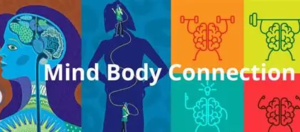
Science now confirms what ancient traditions always knew: our thoughts and emotions impact our physical health. Stress releases hormones that can weaken immunity. Fear can cause tension. Long-term sadness can manifest as real, chronic pain.
On the flip side, positive emotions, laughter, mindfulness, and connection can help us heal.
Here’s what I found helpful
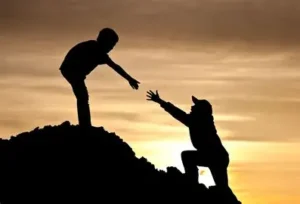
-
Yoga and Meditation:
These gentle practices were more than movement—they were medicine. They helped me release stress, soothe inflammation, and calm my overactive nervous system.
-
Eating with Intention:
Nourishing my body with foods that felt good (and were good for me) created steady ground.
-
Gentle Movement and Breathwork:
Even a short walk became powerful when I paid attention to how it made me feel.
-
Self-Enquiry:
A friend introduced me to this introspective method—a kind of internal dialogue with myself. It allowed me to face painful truths and old wounds, and slowly, let go.
It wasn’t a one-size-fits-all approach. And it wasn’t about “fixing” myself. It was about learning to listen, honor, and rebuild.
Healing Is Personal and Ongoing
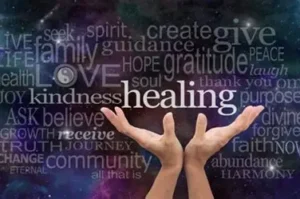
Isaacs’ Syndrome is complex. It often leaves patients in pain, confused, and searching for relief. And there’s no known cure.
I won’t sugarcoat it—some days felt impossible. Twitches, shooting pains, and a body I no longer recognized. I was bedridden at times, relying on medication and support. It was easy to feel lost, even invisible.
But healing doesn’t mean erasing symptoms. It means reimagining life around them.
With support from family, friends, doctors, and others in the rare disease community, I started building routines and choices that brought light into the darkness.
Here’s what helped me reclaim ease:
- Accepting my emotions, not avoiding them.
- Setting gentle boundaries with myself.
- Engaging my wandering mind with purposeful practices.
- Alternative therapies: Chiropractic, Seitai (Japanese body alignment), Iyengar Yoga, homeopathy, and Ayurveda. They all supported my healing journey.
- Connections: Being surrounded by people who understood, supported, and simply sat with me in my hard moments gave me the courage to keep going.
Healing is a relationship—with self, body, time, and sometimes even grief. But it’s also a pathway toward freedom.
The Bigger Picture: Not Just Curing, But Caring
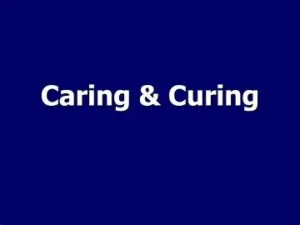
So where do we go from here?
We learn. We feel. We care.
Diseases may show up in blood tests. But dis-ease shows up in your mornings, your moods, your relationships, your fatigue, your avoidance, your cravings, your tears.
When we understand the difference, we begin to treat ourselves more kindly. We see illness not only as something to fix, but as something to understand—and grow through.
For me, adopting holistic health was a game-changer. It meant:
- Listening to my happy quotient—that gentle measure of joy I carried day-to-day.
- Honoring sleep, play, creativity, and rest as part of medicine.
- Balancing medical treatment with emotional exploration.
Living with rare and chronic illness has been my greatest teacher. It gave me heartbreak, yes—but also humility. Depth. And fierce appreciation for my body, no matter what shape it’s in.
Final Thoughts: We Deserve Ease
If there’s one message, I hope you take with you, it’s this: Ease isn’t a luxury—it’s a necessity.
Start noticing your dis-ease—not out of fear, but out of love. Check in with your breath, your shoulders, and your thoughts. Ask, “Am I at ease today?”
Sometimes, the answer may be no. And that’s okay. But even asking the question builds the bridge toward healing.
You deserve to feel whole. To feel safe. To feel heard.
May your own healing, however it looks, be guided by compassion, curiosity, and the courage to face what’s uncomfortable so you can finally rest in what’s true.
Disclaimer
This story reflects personal experiences and viewpoints. It is not a substitute for professional medical advice.


